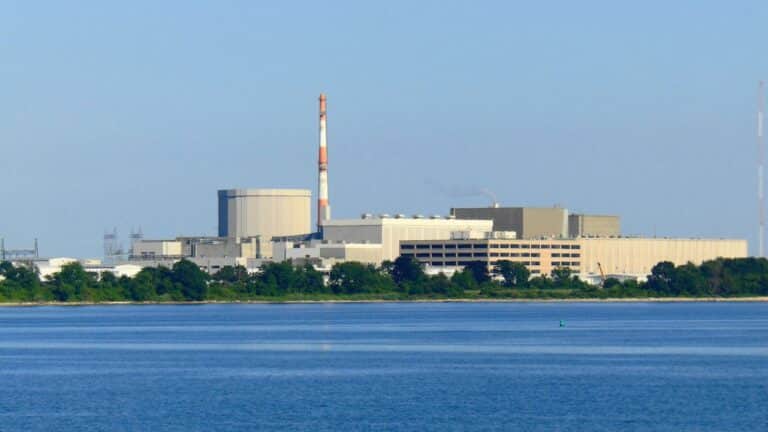Could a strategic lithium reserve kickstart US supply chain development?
NEW YORK -- A strategic lithium reserve is being mooted as a solution to stabilize volatile prices that have hindered American mining projects, allowi
Current Access Level “I” – ID Only: CUID holders, alumni, and approved guests only
Reports by Tim Boersma & Tatiana Mitrova • August 07, 2018
The developments underway in Europe’s natural gas sector are some of the most influential and closely watched in the global gas market. In the past decade, Europe has seen significant demand swings, falling domestic production, growing concerns about dependence on Russian gas, and the advent of US liquefied natural gas exports to the world. Just as important has been the emerging competition from renewable fuels. Indeed, questions are now arising about whether Europe needs new investments in natural gas infrastructure or if those investments would become stranded assets. However, suggesting that the EU does not need new investments risks underestimating the role—or the potential role—natural gas plays in various sectors of Europe’s energy economy, including industry, transportation, and commercial and residential usage.
This paper analyzes the outlook for natural gas in Europe’s electricity generation, the most substantial market for gas in the continent, in the short and medium term (to 2030). The authors sought to create various scenarios that made increasingly bold assumptions about the costs of renewables going forward while at the same time addressing the absence of balancing costs of intermittent renewables in most recent analyses. The paper assumes a robust average carbon price over the forecast period in two of its scenarios, noting the highly complicated politics around more ambitious carbon pricing. Finally, the authors include all planned phaseouts of existing thermal generation capacity, per the reference case of the EU Energy, Transport and GHG Emissions Trends to 2050 as well as all recent national announcements concerning nuclear and coal phaseout.
In short, the paper finds the following:
As the US and Europe navigate a difficult and uneven shift toward full battery electric vehicles (BEVs), the US and EU auto markets are under heavy pressure.


The US Secretary of Energy Chris Wright has directed the Federal Energy Regulatory Commission to make a rule that would help rapidly move electricity onto the US grid in large amounts.

Full report
Reports by Tim Boersma & Tatiana Mitrova • August 07, 2018